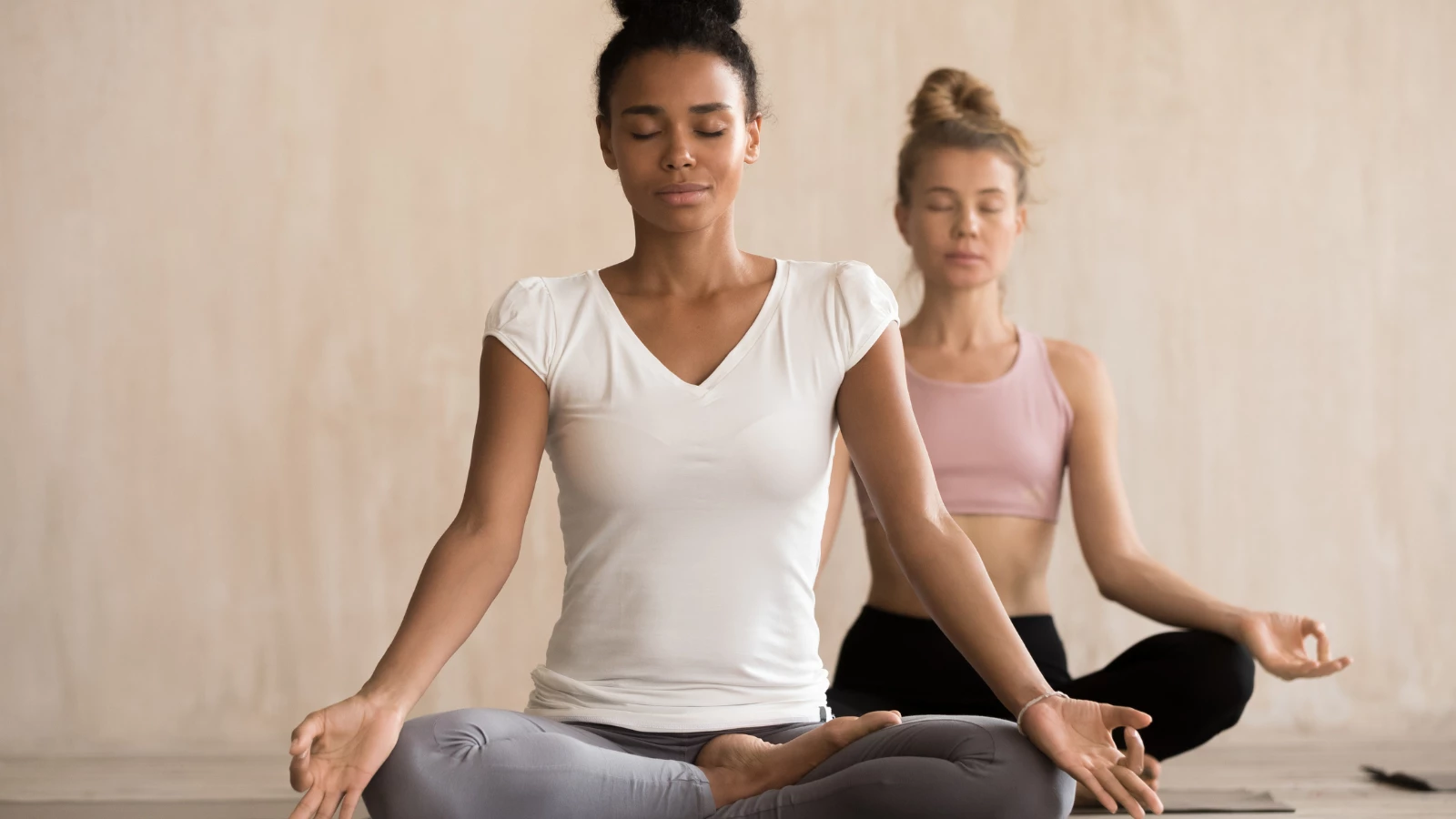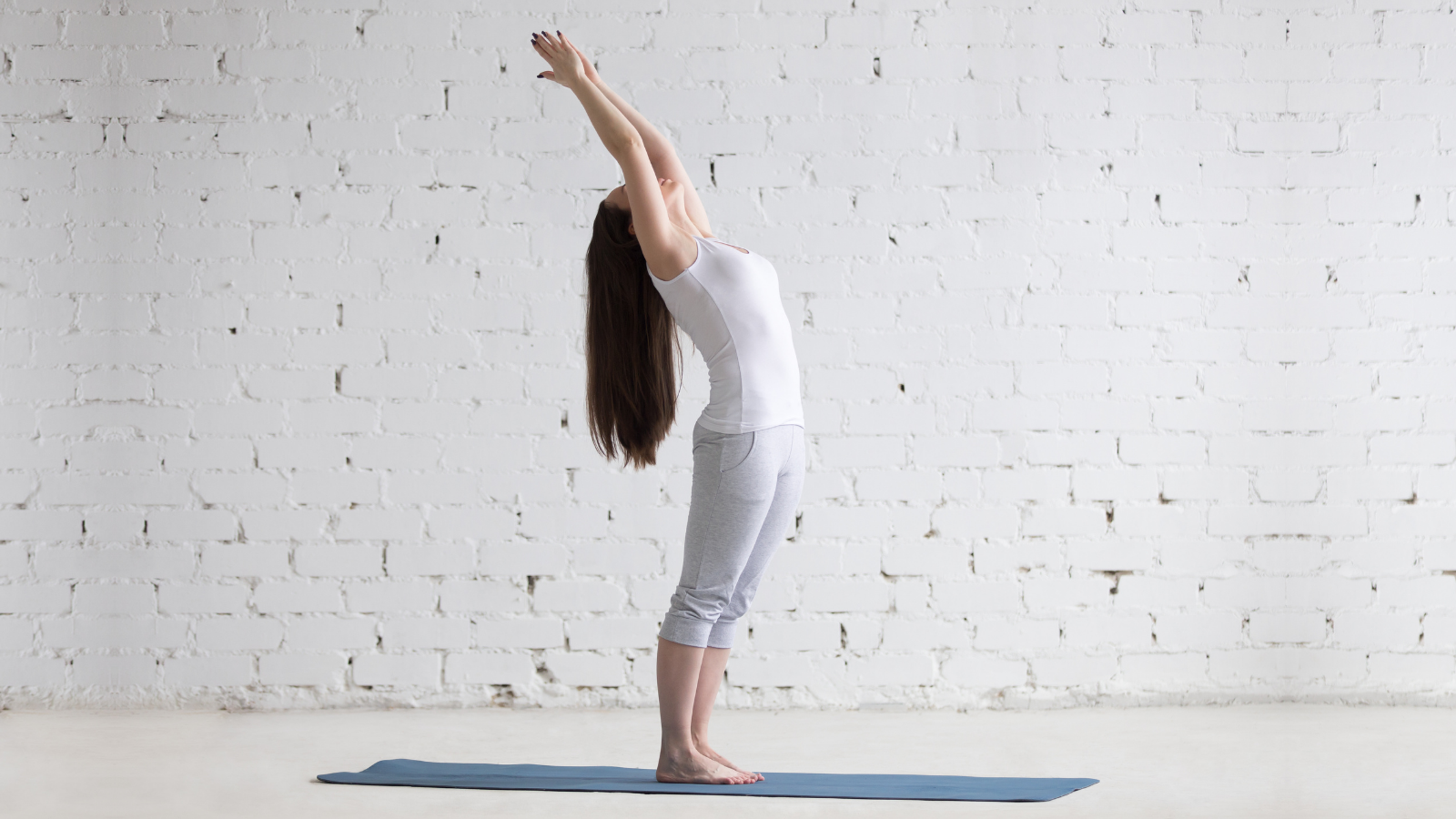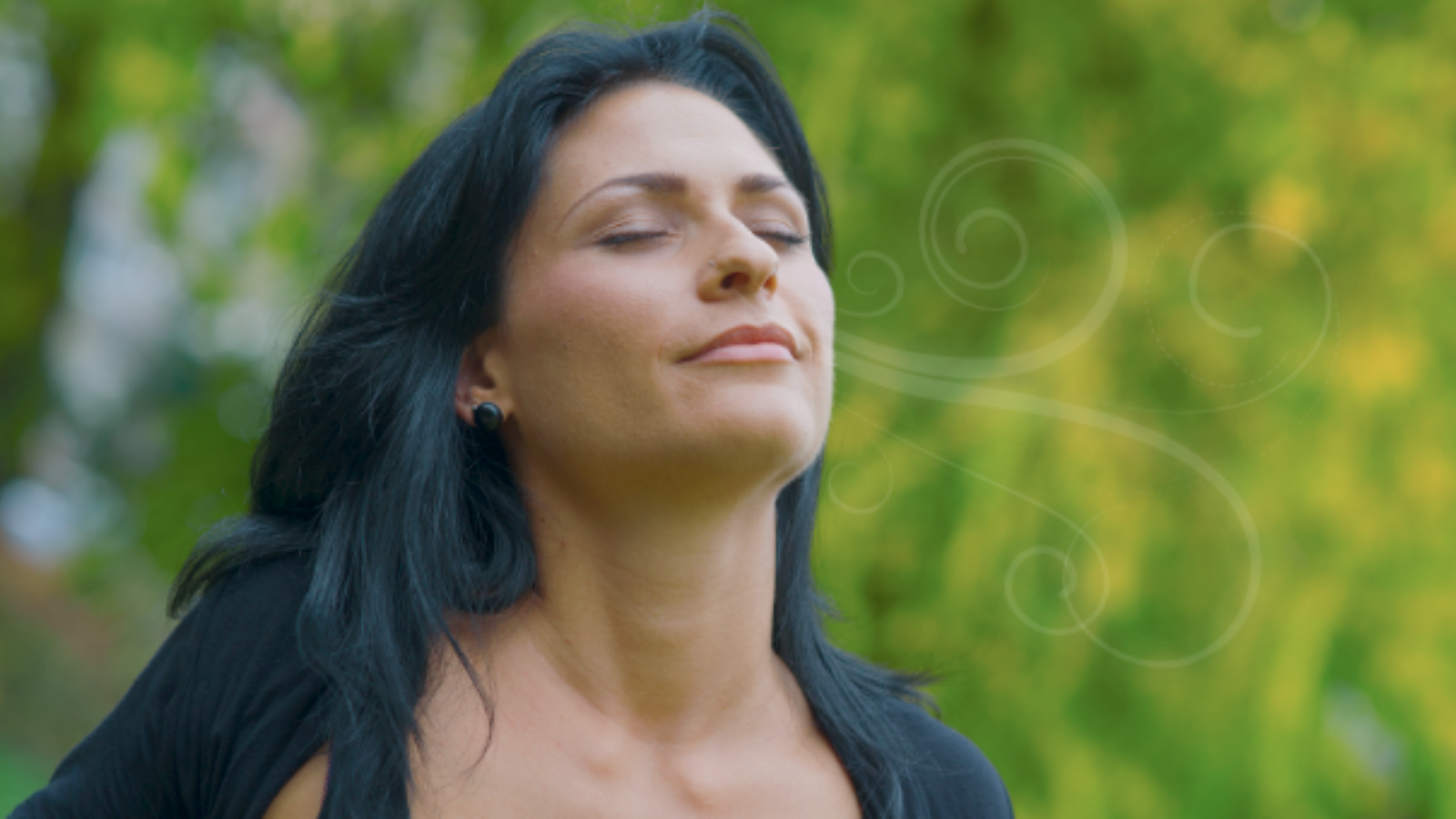6 Tips to Prepare for Breath Work

Article At A Glance
If you want to learn to play Mozart on the piano, you need to learn the musical notes first. The same applies to your breath. Before you can begin experimenting with advanced breathing techniques, you have to become familiar with your breath and learn to regulate it on the most basic level. Let’s take a look at the fundamental principles that underlie all other types of breathwork.
How to Prepare for Breath Work
Here are the steps you can take when you begin to introduce breathwork into your own yoga practice and with your students.
1. Become Familiar with Your Breath
Focus on observing your breath before you try to change anything. Observe your breath both in your daily life and in your yoga practice.
- Notice which part of the breath is easier—the inhalation or the exhalation? How long is each part of your breath?
- Notice which parts of your body move when you breathe—your chest, shoulders, back, belly?
- Notice how your breath changes during the day and whether or not it reflects your emotional state. If it does, in what way? How do you breathe when you are stressed? How do you breathe when you are relaxed?
- Do you breathe through your nose or your mouth during the day, when exercising, at night? If you breathe through your mouth, is there a reason for it, or is it just a habit?
Experiment with taking one-minute breath work breaks throughout the day. Notice how it feels.
In your yoga practice, emphasize breath awareness both during movement and while checking in before and after the practice.
2. Active Breath Work: Connect Breath and Movement

In yoga, we talk about it all the time but often end up overriding our breath with movement. Make sure that every movement you do is guided by your breath. When you move through your yoga practice, first begin to breathe, then use breath to animate the spine, then ripple the movement out into the body’s periphery.
3. Increase Your Breathing Capacity
Practice deepening your inhalation and lengthening your exhalation. This helps to improve the tonicity of your diaphragm, maintain your lung elasticity and lung compliance, maintain ribcage mobility and strength of the respiratory muscles that decline with age. Be sure to breathe deeply when you hold yoga poses. This helps to promote better blood/oxygen exchange as you change the body’s position in relation to the ground during yoga practice.
4. Maintain Steady Breathing Rhythm
Breathe at the rate of about six-second inhalation and six-second exhalation to synchronize your cardiovascular and respiratory rhythms in conscious breathing. Try to maintain that rhythm during exercise and your yoga practice. Use counting or mantra repetition to measure the length of your breath. Work toward making your breath long and subtle.
5. Learn to Rest in the Pause

Lengthen your exhalation, be sure to finish it, and then let go of effort and rest at the end of exhalation until the first urge to inhale. Practicing prolonged exhalation with the suspension of breath can be an effective tool to increase your system’s resilience and calm your mind.
6. Audible Breath Work: Hum—On and Off the Yoga Mat
Humming has been shown to increase nitric oxide production in the nose, alleviate chronic inflammation and sinus infection, and lead to parasympathetic (rest-and-digest) predominance. Parasympathetic predominance manifests as a reduction in heart rate and blood pressure, improvement in cognition, and reduction in stress levels.
These are some simple fundamental things that most of us can do to improve our health and function and prepare us for more advanced breathwork.
Check out this must-take course from Olga Kabel for YogaUOnline: Avoiding Yoga Injuries: Common Alignment Mistakes in Forward Bends and Twists.
Also, read...
4 Easy Ways to Use a Sandbag in Yoga Practice
Exercise and Longevity: Diversify Your Yoga Practice for Maximum Benefits
Glute Amnesia: Yoga for Your Forgotten Rear
Related courses
Breath as Medicine: Yogic Breathing for Vital Aging
Yoga and Myofascial Release: Releasing Chronic Tension with the Bodymind Ballwork Method

Educated as a school teacher, Olga Kabel has been teaching yoga for over 14 years. She completed multiple Yoga Teacher Training Programs but discovered the strongest connection to the Krishnamacharya/ T.K.V. Desikachar lineage. She had studied with Gary Kraftsow and American Viniyoga Institute (2004-2006) and received her Viniyoga Teacher diploma in July 2006, becoming an AVI-certified Yoga Therapist in April 2011. Olga is a founder and managing director of Sequence Wiz— a web-based yoga sequence builder that assists yoga teachers and yoga therapists in creating and organizing yoga practices. It also features simple, informational articles on how to sequence yoga practices for maximum effectiveness. Olga strongly believes in the healing power of this ancient discipline on every level: physical, psychological, and spiritual. She strives to make yoga practices accessible to students of any age, physical ability, and medical history, specializing in helping her students relieve muscle aches and pains, manage stress and anxiety, and develop mental focus.



